Travel to Japan: Musubi and the Art of Furoshiki
During our last trip to Japan in 2017 , we had the chance to visit the brand new Musubi store in Kyoto , one of the largest furoshiki houses in Japan, which I wanted to introduce you to in this new article!
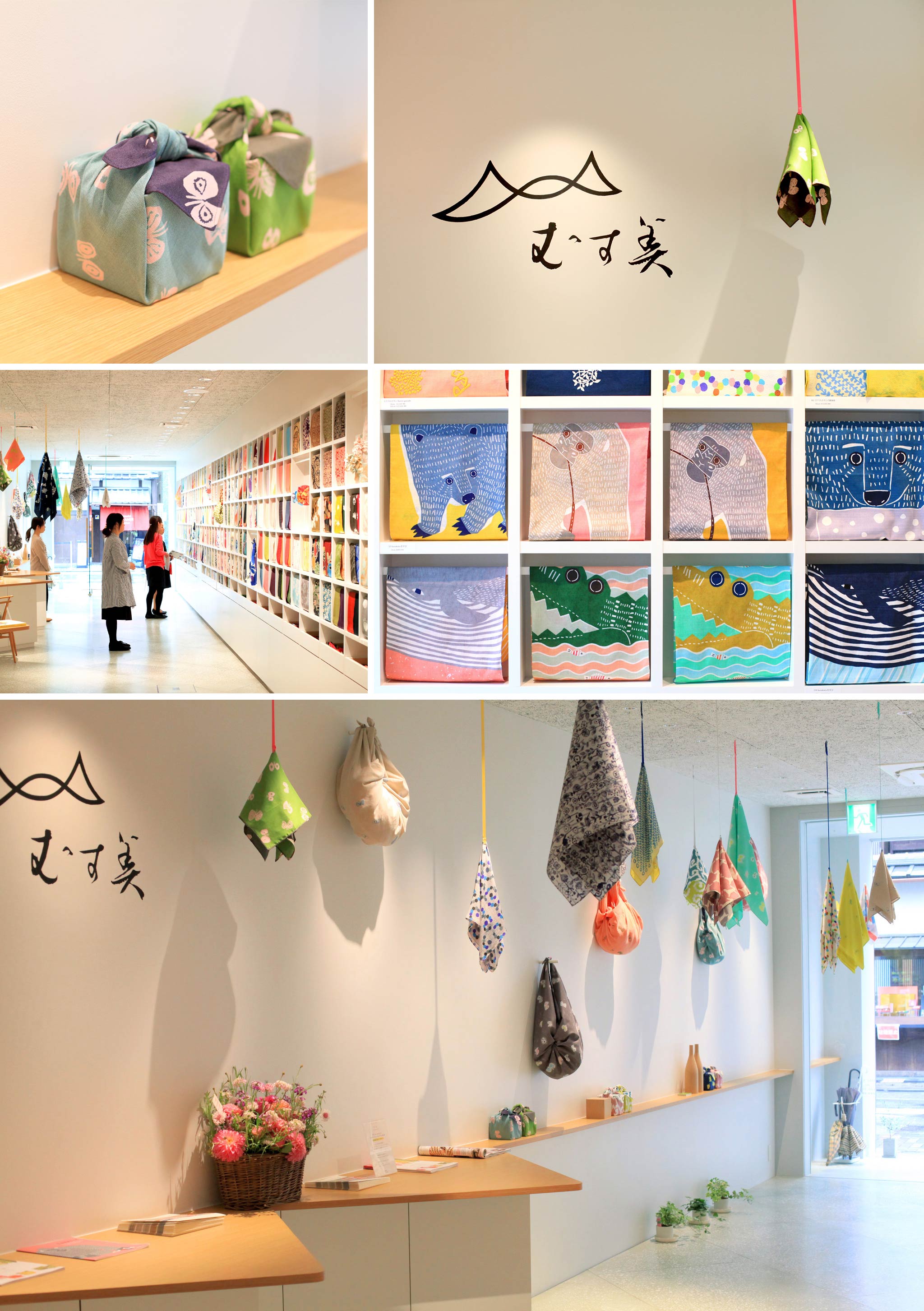
We had an appointment at this place , which had opened three days before our arrival, to make a selection of furoshiki for our store in Paris . I was overflowing with excitement at the idea of taking the time to choose beautiful fabrics ! There were beautiful flowers everywhere, offered to congratulate the boutique team on this opening.

In this very pretty boutique, everything is harmonious and carefully designed . The space is bright, the furniture is sober, which allows you to appreciate each model of Japanese fabric. At the back of the store, there is a space dedicated to workshops with projected videos to learn the different knots and folds. We had a great time admiring the incredible range of colors and patterns...
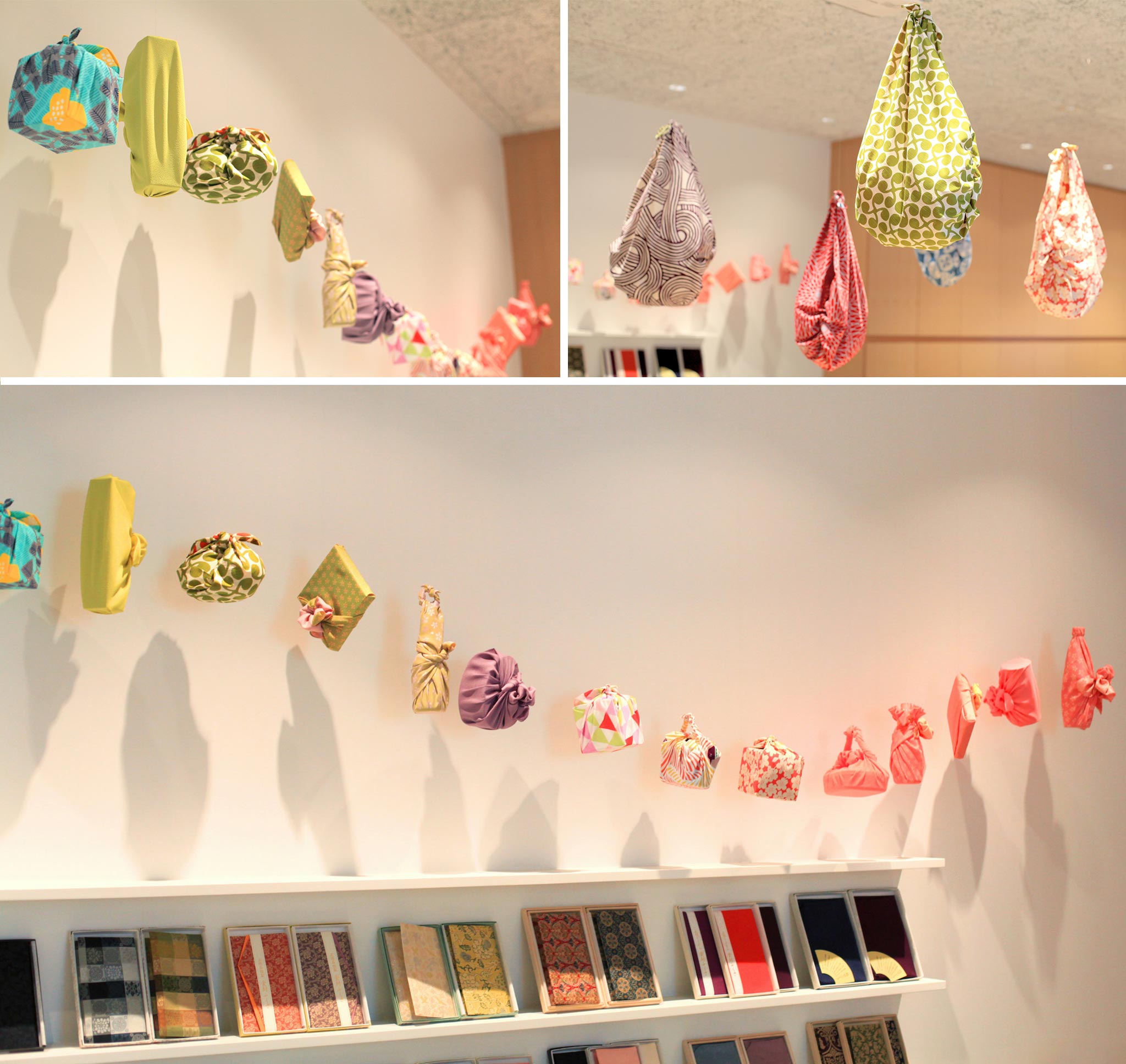
The art of furoshiki is respectful and gentle, like Japanese culture. It is also a very practical and environmentally friendly packaging method . The term musubi is pronounced mu ss ubi. It comes from “ musu ”, to be born and “ bi ”, beauty. This word also evokes the action of tying .
Founded in 1937, Musubi is a family-owned company based in Kyoto. It is today in the hands of the brand's founder's grandchildren ! Yoshio Yamada, the current CEO, and his sister Etsuko Yamada, artistic director and press officer, have greatly contributed to the modernization of the image of furoshiki in Japan. They strategically opened their first store in a very trendy area of Tokyo in 1994 and several years later a new store was opened in Kyoto . We can say that Musubi has reached a new stage in his progression!
Etsuko Yamada, whom I spoke to you about above, studied Fine Arts and is today a specialist in the traditional culture of Kyoto. She has published several books on furoshiki and is keen to make this art known in Japan , as well as abroad. This duo is the real strength of the house!

If you want to learn more about furoshiki after reading this article, you will find several other blog posts dedicated to this subject:
- “ FUROSHIKI - The Japanese Art of Fabric Folding » to learn more about this traditional Japanese art,
-
“ L'Atelier Furoshiki - Discover the Japanese Art of Fabric Folding » to see some extracts from my latest book and discover more about its conception,
- “ Furoshiki TUTORIAL Folding the basic bag » And “ TUTORIAL Furoshiki Folding the backpack » to learn how to fold two different bags, from my book “L’Atelier du Furoshiki”,
- “ FUROSHIKI TUTORIAL Gift Box Wrapping » and “ TUTO FUROSHIKI Bottle Gift Wrapping » to discover two folds for wrapping objects, from my book “L'Atelier du Furoshiki”.

Since this visit in 2017, we have collaborated with Musubi and created three collections of “Adeline Klam x Musubi” furoshiki ! Find the articles presenting these three collections:
- “ FUROSHIKI - Our first collection with Musubi! »
- “ FUROSHIKI - Our second collection with Musubi! »
- “ FUROSHIKI - Our third collection with Musubi! »

If you have the opportunity to travel to Kyoto, I highly recommend you check out this store! The address is pinned on the map, below:
Discover a wide selection of furoshiki on our e-shop as well as in our Parisian boutique!
See you soon for new colorful encounters,
Adeline
Did you already know furoshiki?


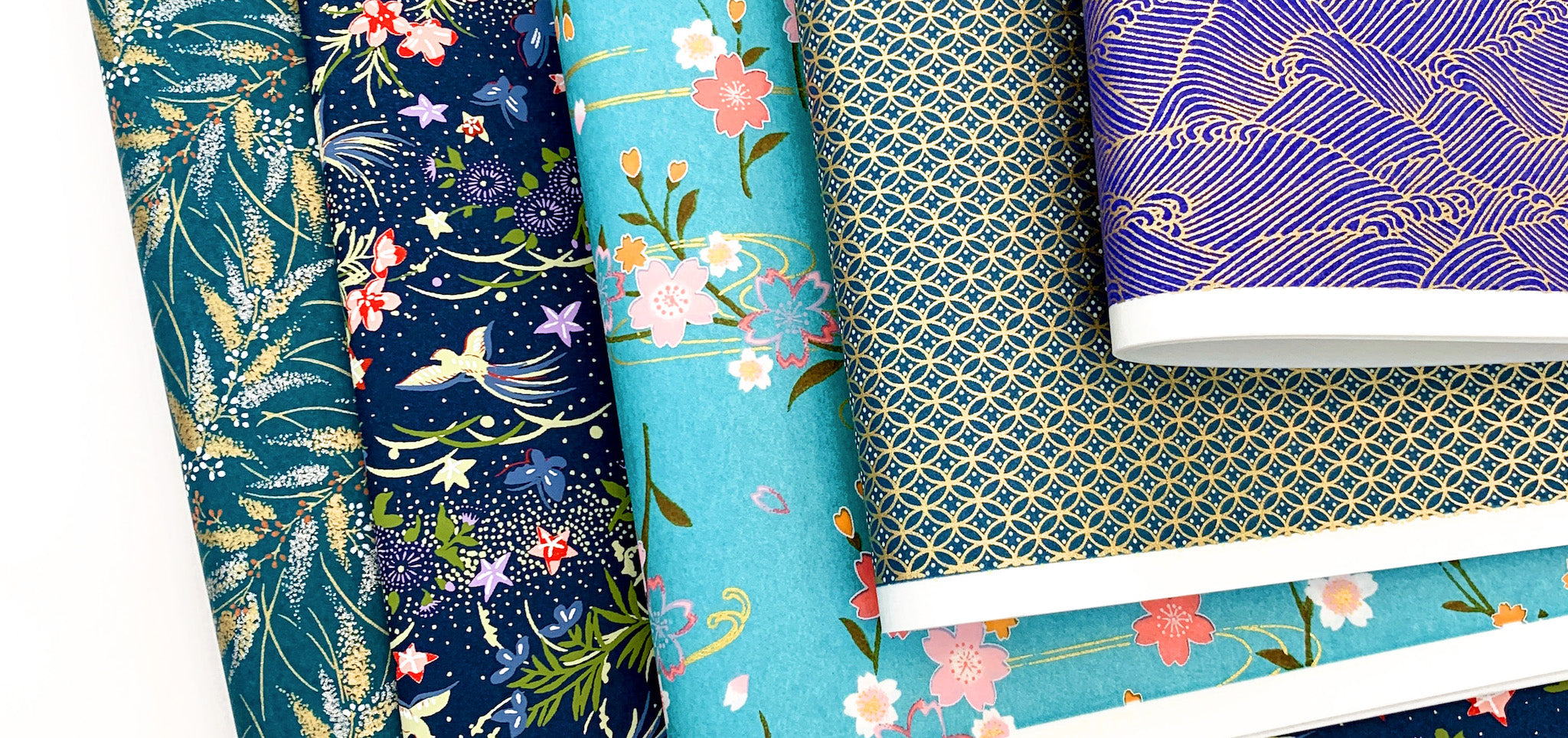
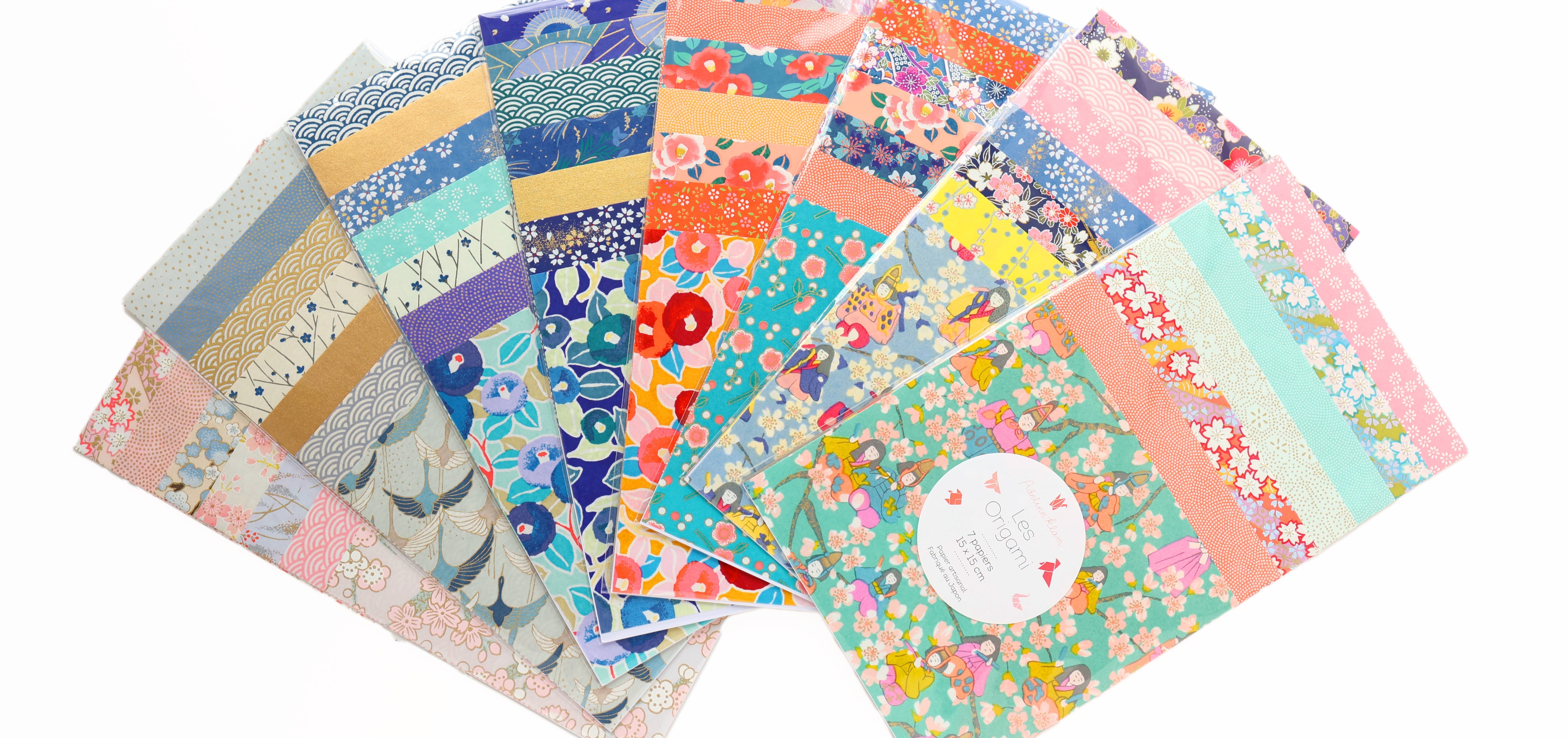
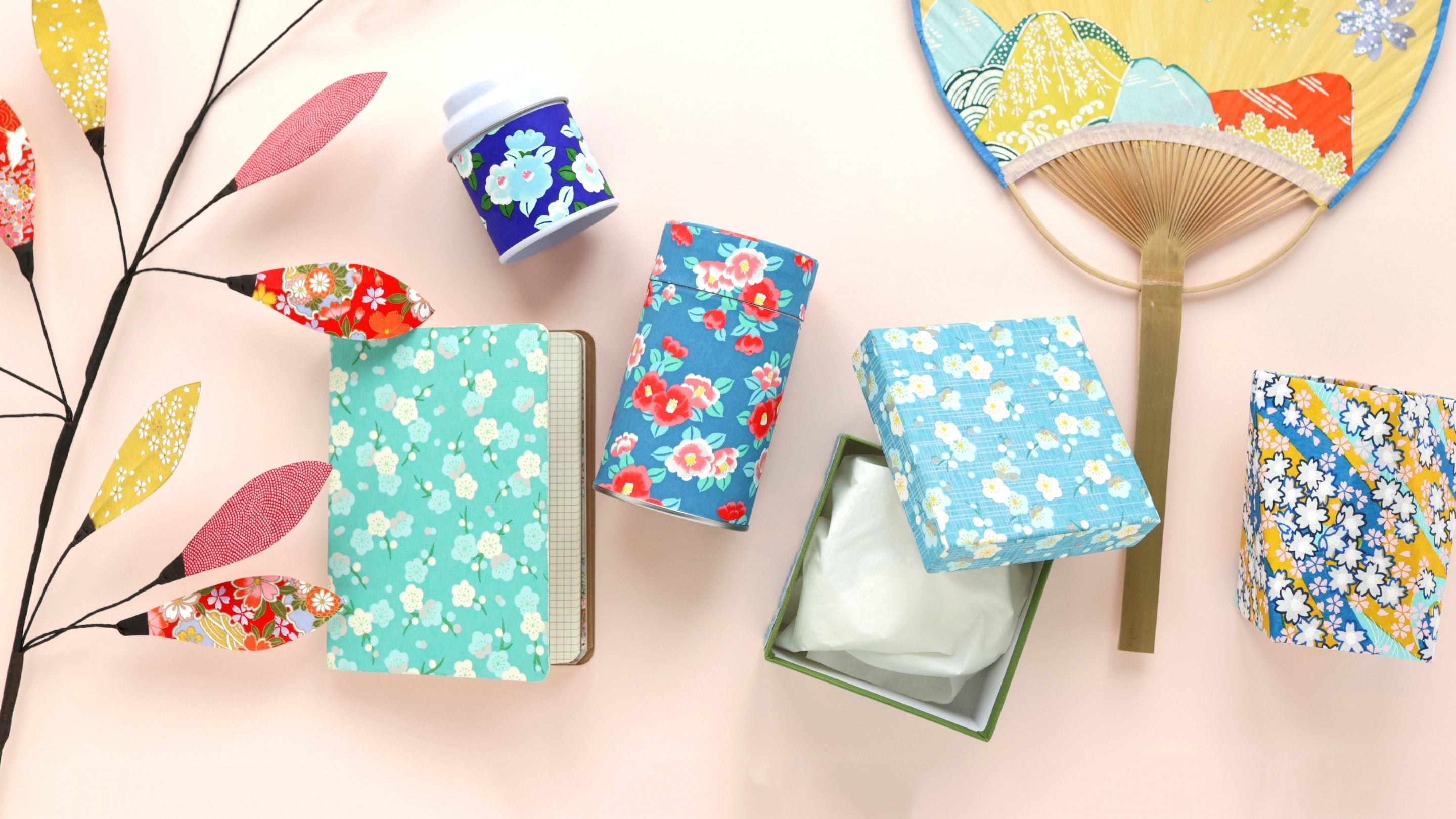
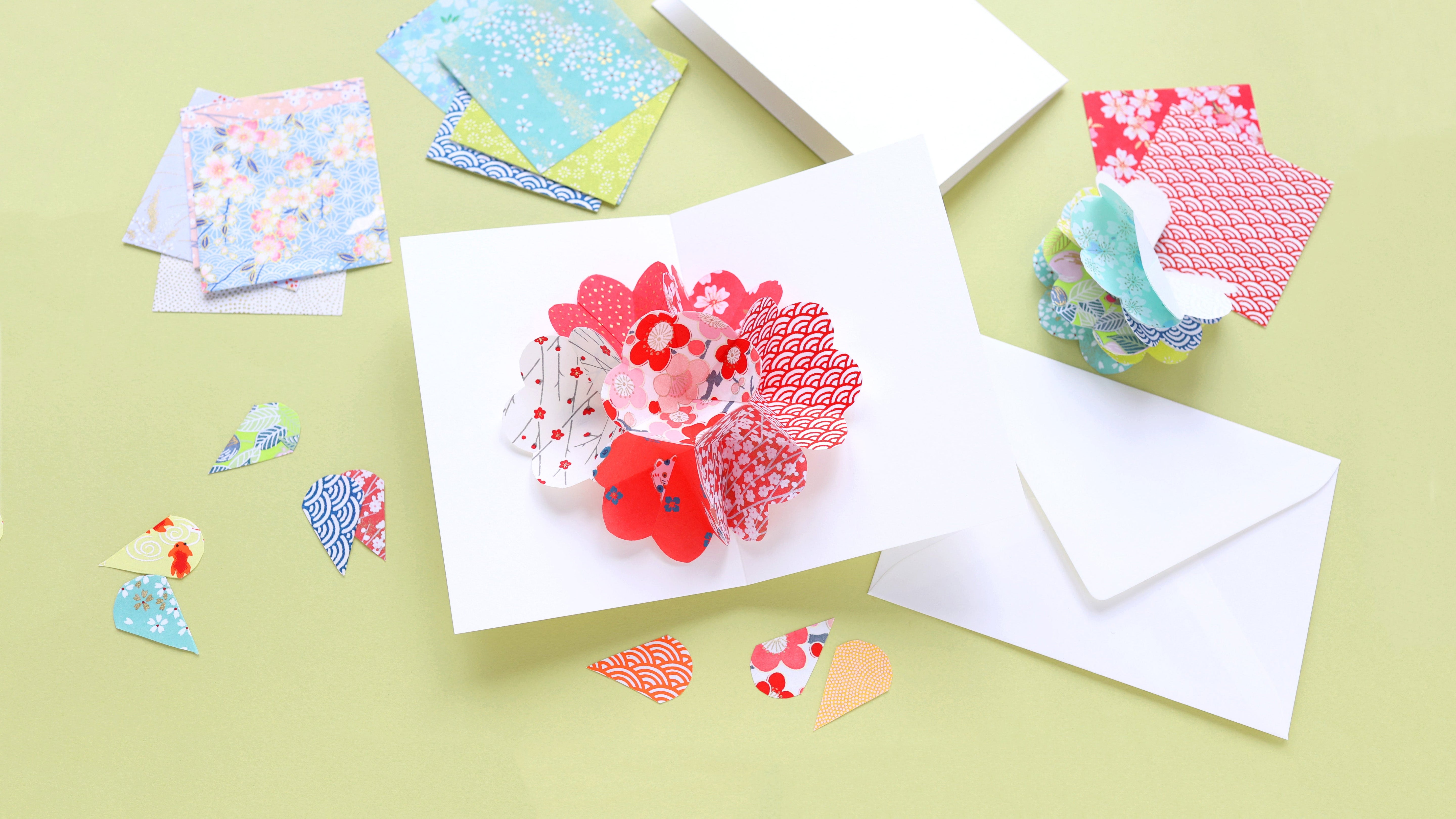
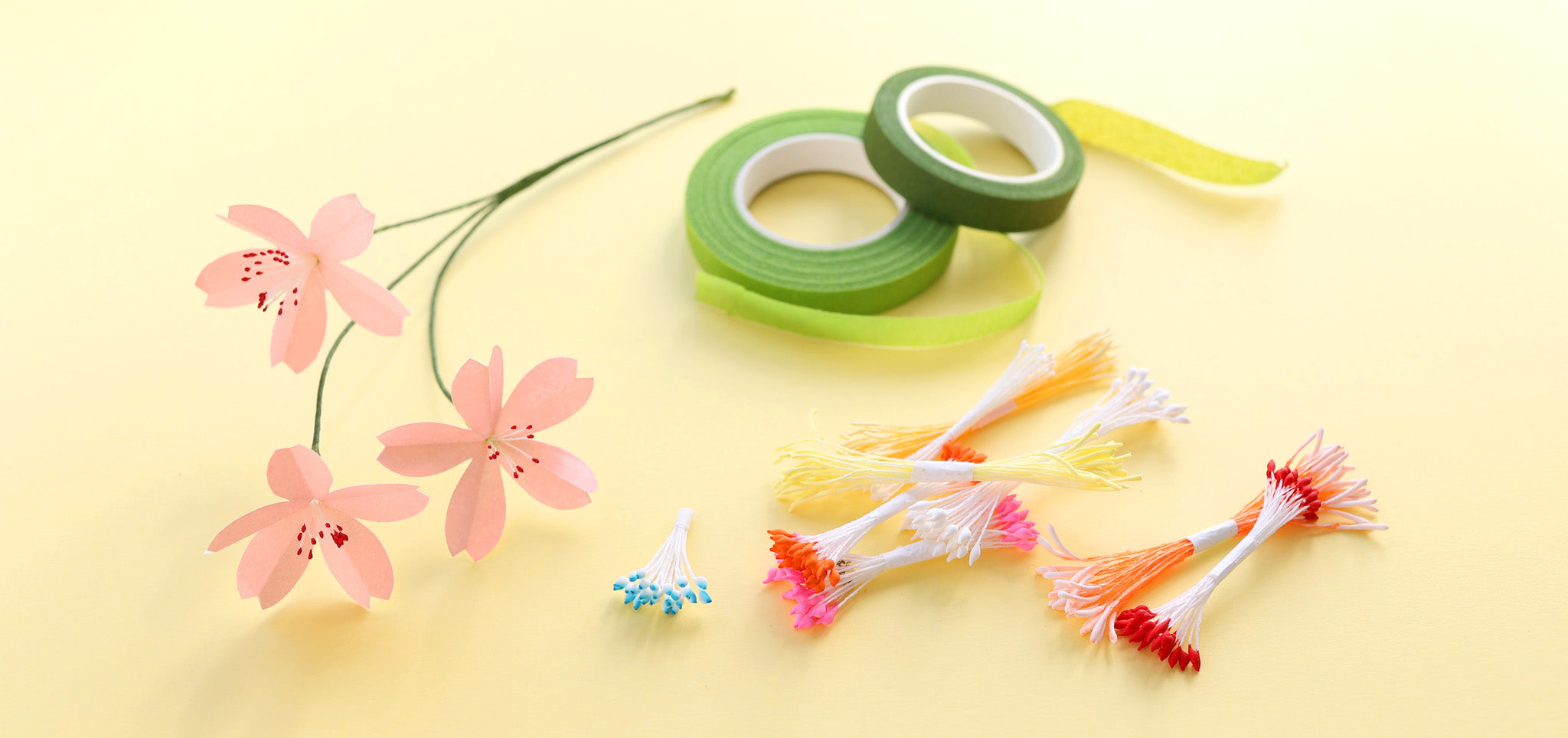



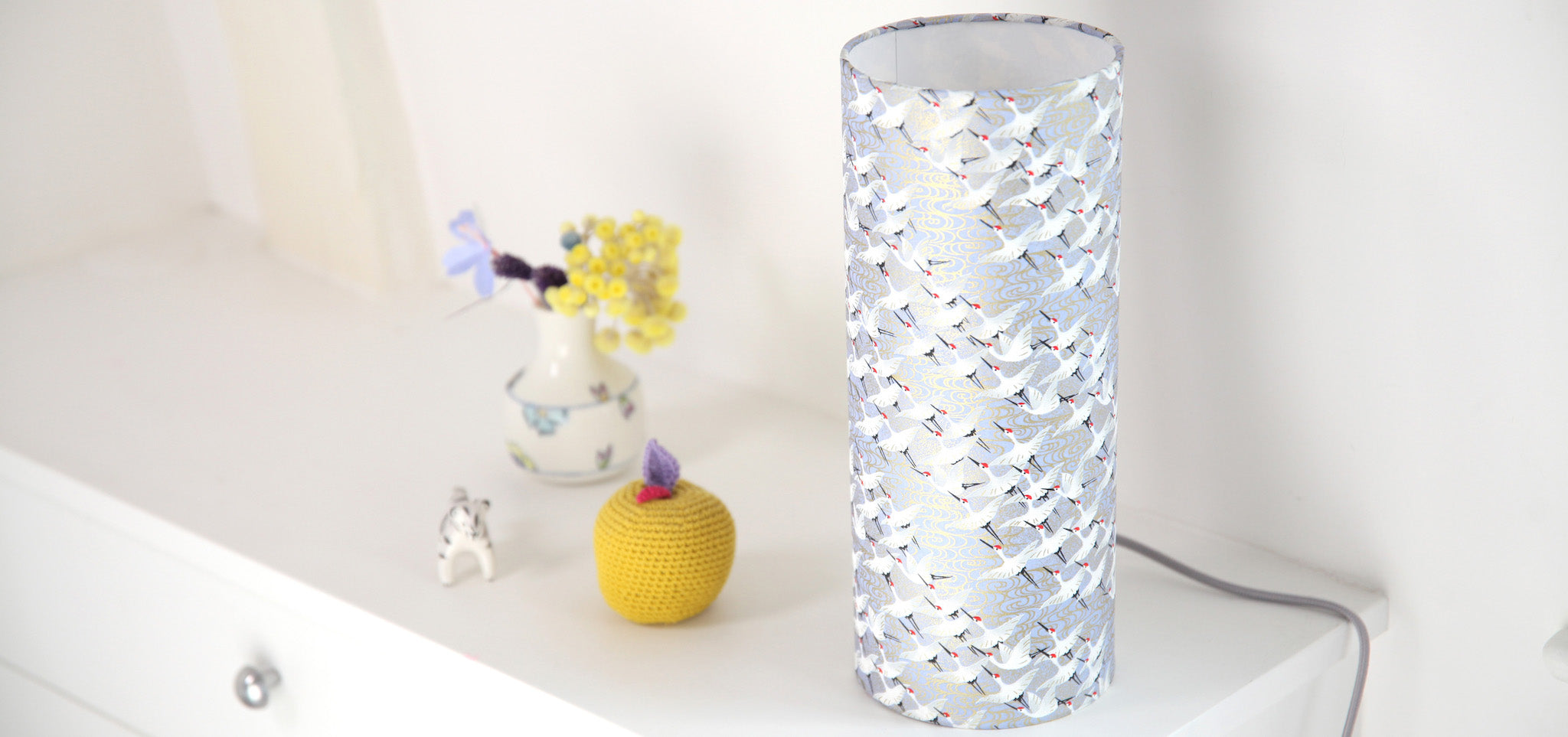
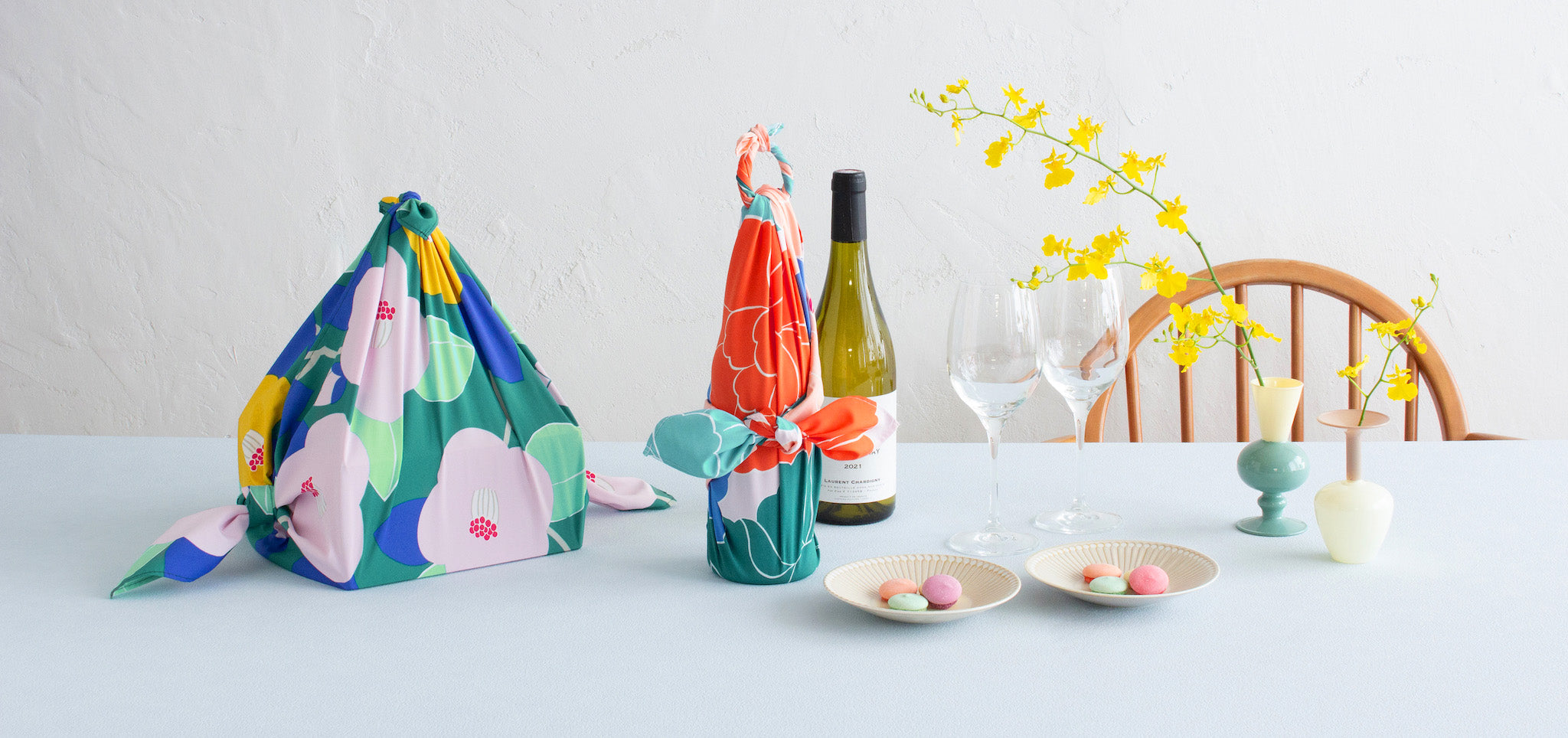


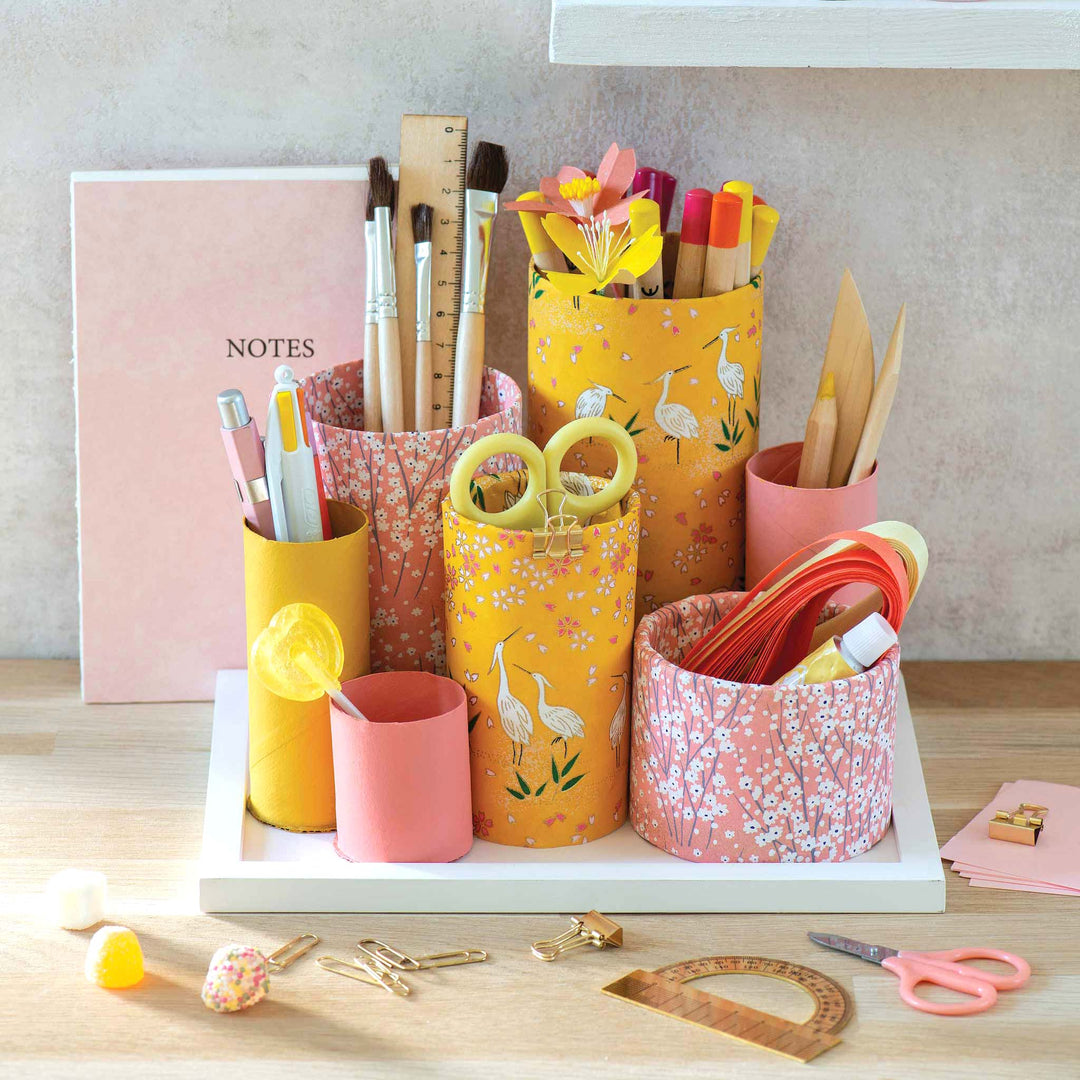
PIEL > Bonjour Sophie ! La production des furoshiki Musubi se situe bien au Japon, et non en Chine, dans diverses manufactures textiles japonaises en fonction des matières produites.
Bonjour, ?
Je sais bien que les tissus Muzubi sont créés au Japon mais j’aimerais savoir où de situe la production , je me demandais si elle était en Chine ?
Merci de votre réponse
Sophie Piel /
Leave a comment